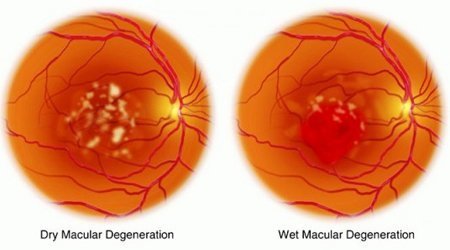Macular Degeneration
What is Macular Degeneration?
Macular degeneration is an eye disease affecting the macula, the small portion of the retina that maintains our sharpest vision. People with this disease gradually lose their central vision, which is why early detection through regular eye exams is key.
The most common risk factors associated with macular degeneration include genetics, a history of smoking, cardiovascular disease, poor diet, lack of exercise and UV light exposure.
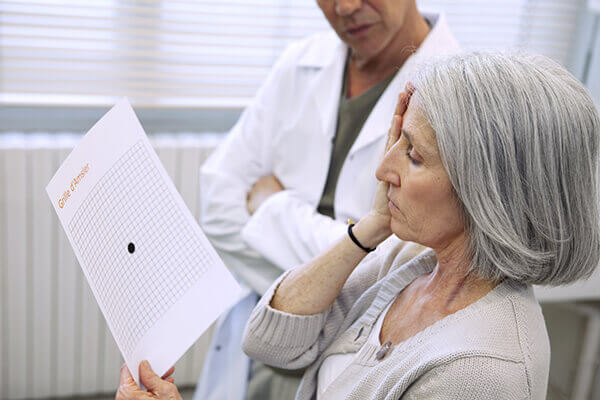
Macular Degeneration Symptoms
If you are experiencing any of the following symptoms, contact us immediately for a comprehensive eye examination.

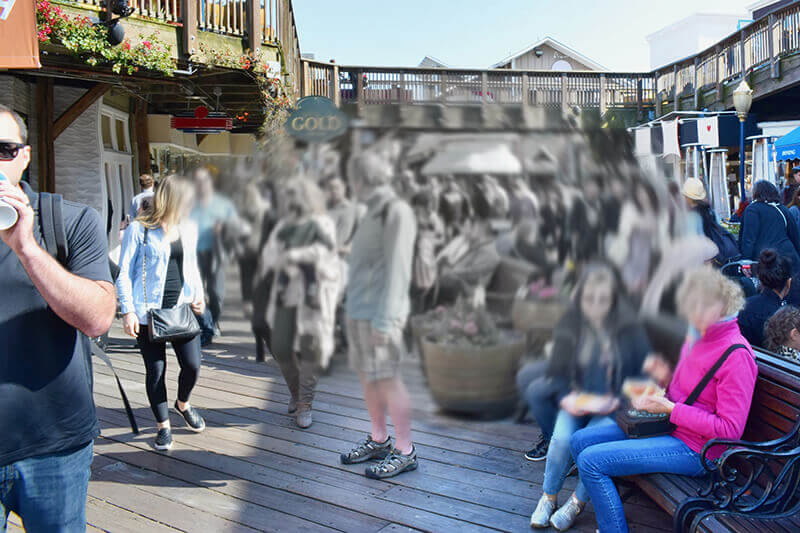
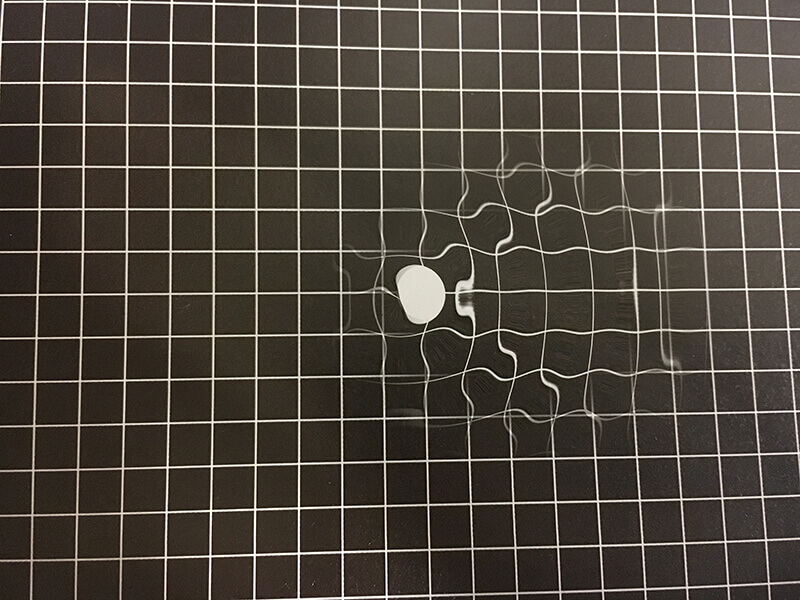

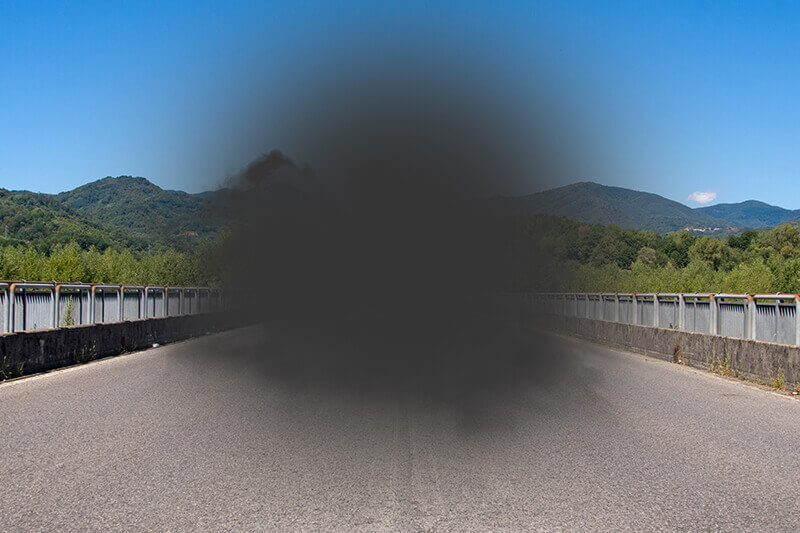
Two Forms of Macular Degeneration
Dry Macular Degeneration
“Dry” macular degeneration accounts for about 90% of all cases of AMD. There is no cure for dry AMD, and any loss in central vision cannot be restored. However, we now believe there may be a link between nutrition and the progression of dry AMD. Dietary changes favoring low-fat content and dark green leafy vegetables may slow vision loss.
Wet Macular Degeneration
“Wet” macular degeneration results when fluids leak from newly formed blood vessels under the macula and blur the central vision. Vision loss can be rapid and severe. If detected early, “wet” AMD can be treated with laser treatment, special dyes and medications injected into the eye. These treatments are not permanent cures but are used to slow the rate of central vision loss.
